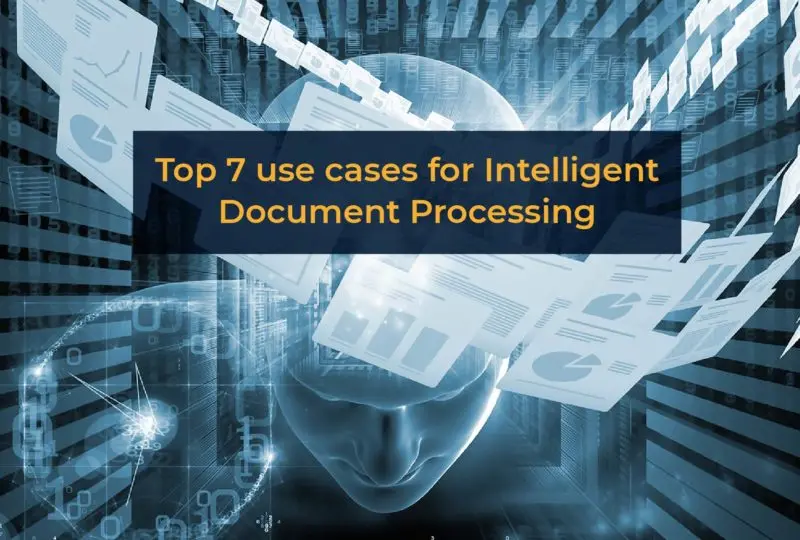Ensuring the security and trustworthiness of documents has become paramount. Whether verifying an individual’s identity for financial transactions or confirming the authenticity of academic certificates, document verification plays a pivotal role in safeguarding against fraud, ensuring compliance, and building trust among individuals and organizations.
In this guide, we will delve into document verification, unraveling its importance, its various use cases, and the technologies that power it, shedding light on how it contributes to enhancing security and trust in our interconnected world. You can visit https://microblink.com/resources/blog/documentation-verification/ to get all the latest about document verification!
What Is Document Verification?

Source: infusion.fr
Document verification is verifying the authenticity and validity of documents, such as identity cards, passports, driver’s licenses, academic certificates, and business licenses.
This verification process involves cross-referencing the information presented on a document with trusted sources, databases, or standards to confirm its accuracy and legitimacy. Document verification aims to ensure that the information contained within the document is genuine and has not been tampered with or forged.
Document verification has evolved significantly with the advent of technology, moving from manual, time-consuming checks to automated, efficient, real-time processes.
The rise of digital identity verification solutions, powered by artificial intelligence and machine learning, has revolutionized how organizations and businesses authenticate individuals and validate their documents.
Why Is Document Verification Necessary?
-
Safeguarding Against Identity Theft and Fraud
Identity theft and fraud are prevalent in today’s digital landscape. Criminals constantly seek ways to exploit vulnerabilities, gain unauthorized access, and commit fraud.
Document verification acts as a robust defense mechanism against such threats by verifying the identity of individuals before granting access or providing services. It ensures that the person presenting a document is who they claim to be, reducing the risk of fraudulent transactions and identity theft.
-
Ensuring Regulatory Compliance
Many industries are subject to stringent regulatory requirements, such as Know Your Customer (KYC) and Anti-Money Laundering (AML) regulations. Document verification is essential for businesses in these sectors to comply with these regulations.
It helps organizations confirm the identity of customers, monitor transactions, and report suspicious activities, thus mitigating legal and financial risks.
-
Enhancing Trust and Reputation
Trust is a fundamental element in any business or interpersonal relationship. Document verification helps organizations build trust by demonstrating their commitment to security and authenticity.
When customers or partners know their documents are thoroughly verified, they are more likely to have confidence in the organization’s integrity, leading to stronger relationships and a positive reputation.
-
Preventing Unauthorized Access
Document verification prevents unauthorized access to digital systems, networks, and sensitive data. Verifying user identities through document checks, such as multi-factor authentication (MFA), ensures that only authorized individuals can access protected resources.
-
Facilitating Seamless Transactions
Document verification streamlines the process by eliminating the need for physical document submission. It allows businesses to verify documents digitally, enabling faster and more convenient transactions for customers while maintaining security standards.
Use Cases of Document Verification

Source: automationedge.com
Now that we’ve established the importance of document verification, let’s explore the various use cases where it comes into play, addressing specific scenarios and industries where its application is critical.
Use Case 1: Identity Verification in Financial Services
Document verification is a foundational component of identity verification processes. When individuals open bank accounts, apply for loans, or make high-value transactions, they are required to provide identity documents, such as passports or driver’s licenses.
Financial institutions use document verification to confirm the authenticity of these documents and the account holder’s identity. This not only prevents fraudulent activities but also ensures compliance with financial regulations.
Use Case 2: E-Commerce and Online Marketplaces
E-commerce platforms and online marketplaces rely on document verification to establish trust between buyers and sellers. Sellers must often provide business licenses or identity documents to register on these platforms.
On the other hand, buyers benefit from knowing that sellers’ documents have been verified, reducing the risk of purchasing from fraudulent or untrustworthy sources.
Use Case 3: Healthcare and Telemedicine
In the healthcare sector, document verification is crucial for verifying the credentials of healthcare professionals, such as doctors and nurses.
Telemedicine platforms use document verification to ensure patients consult with licensed and qualified medical practitioners. This enhances patient safety and helps healthcare providers comply with regulatory requirements.
Use Case 4: Higher Education
Academic institutions use document verification to authenticate the educational qualifications of students and job applicants.
When students apply for admission or job seekers submit their academic credentials, institutions can use document verification to verify the authenticity of diplomas, transcripts, and certificates, preventing the admission or hiring of individuals with fraudulent qualifications.
Conclusion

Source: lakshmanbasnet.com
Document verification is the linchpin of security and trust in our interconnected world. It is a powerful tool against identity theft, fraud, and compliance violations while enabling seamless transactions and enhancing the credibility of individuals and organizations.
As technology advances, document verification methods will evolve, providing even more robust solutions to address the ever-growing security and trust challenges in the digital age. By understanding its significance and embracing its potential, we can all contribute to a safer and more trustworthy online environment.



